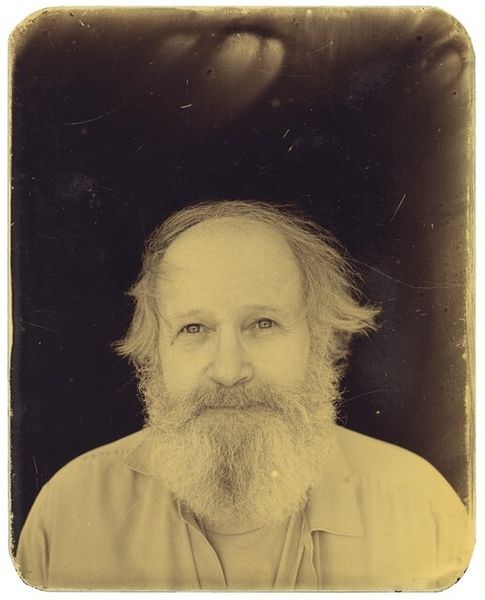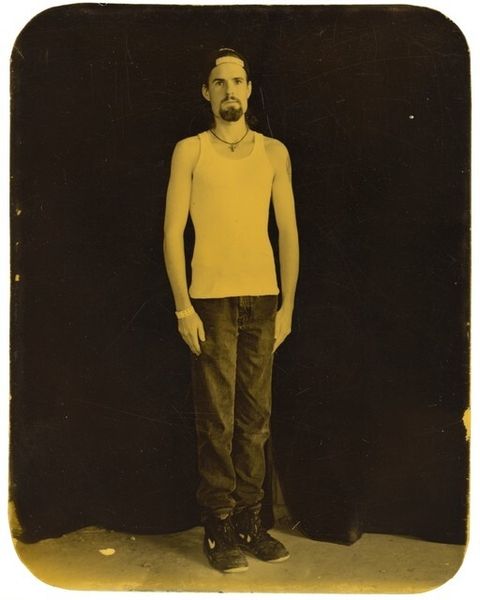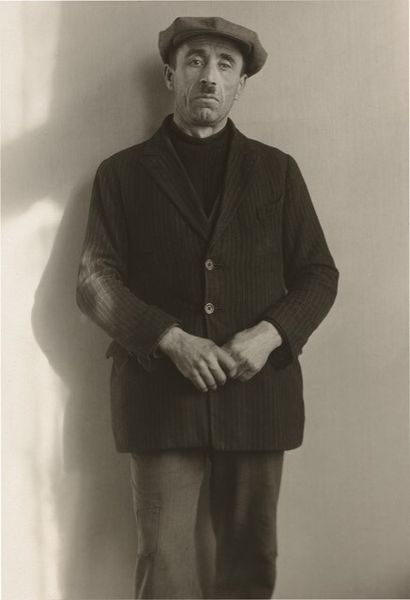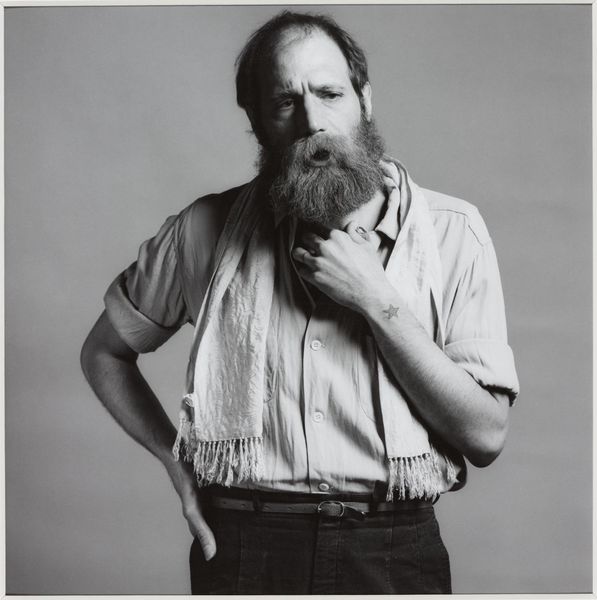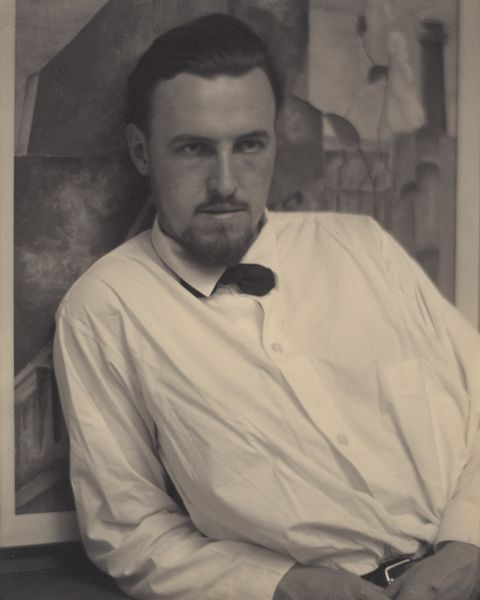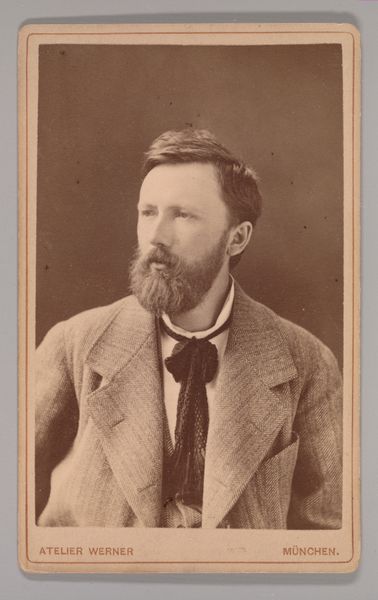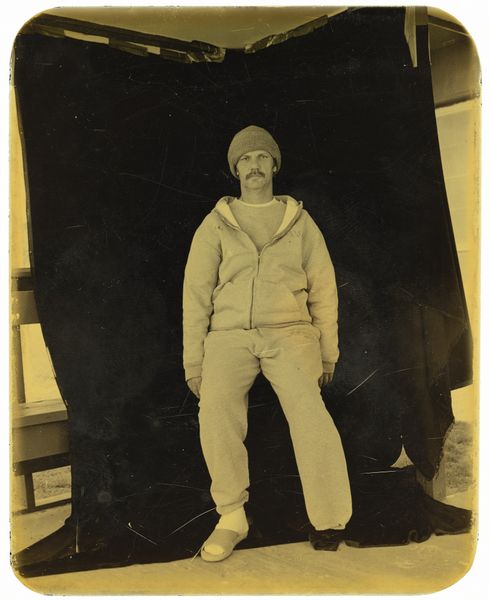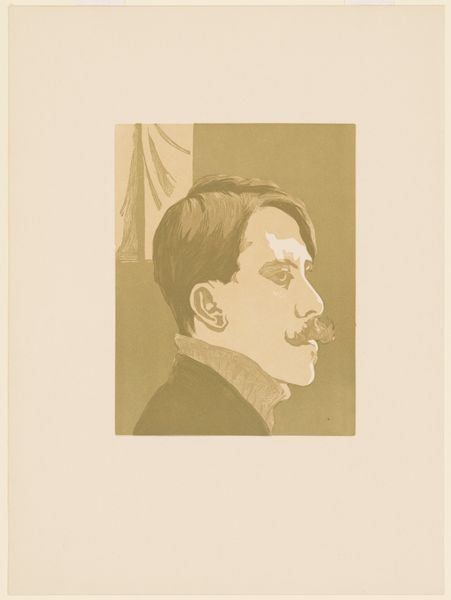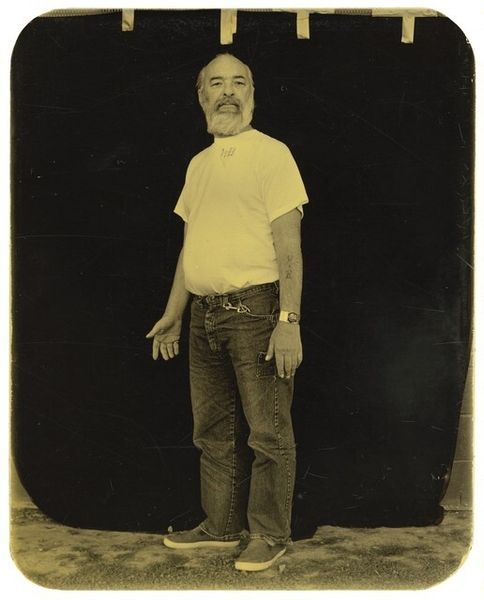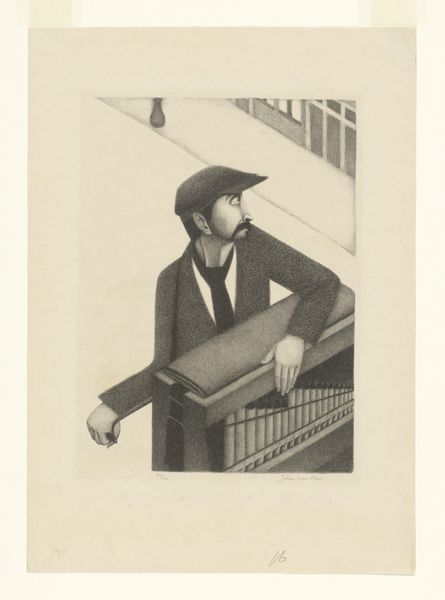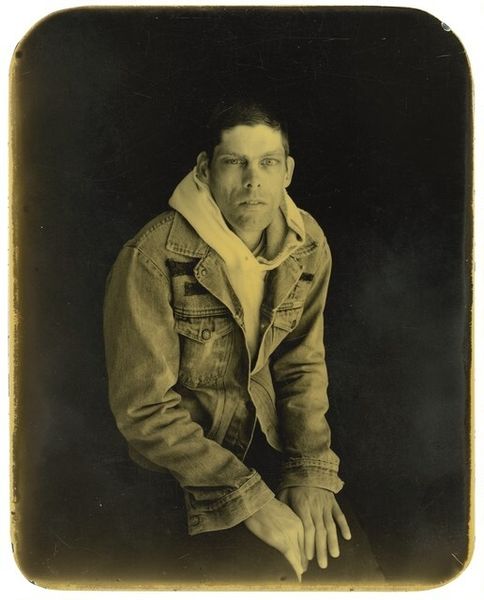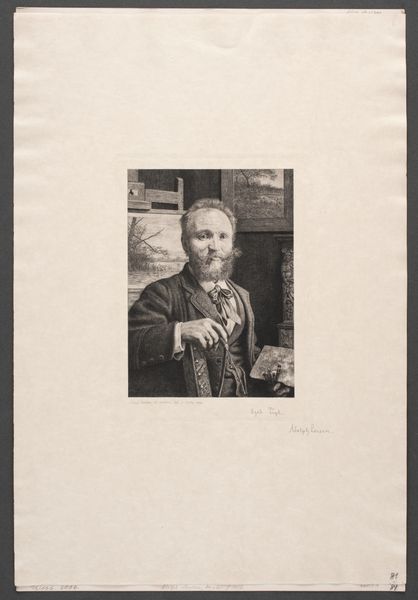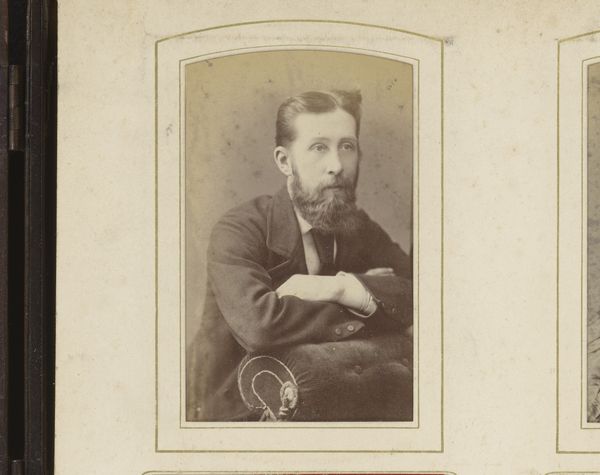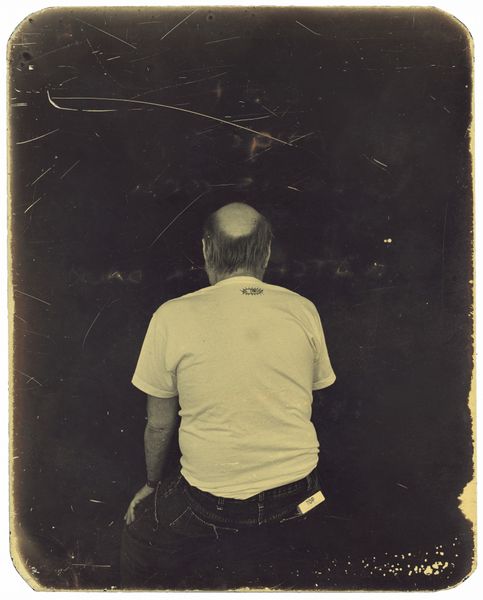
photography, gelatin-silver-print
#
portrait
#
contemporary
#
photography
#
gelatin-silver-print
#
realism
Dimensions: image/plate: 12.7 × 10.2 cm (5 × 4 in.)
Copyright: National Gallery of Art: CC0 1.0
Curator: Deborah Luster created "Angola, Louisiana" in 1999. It's a gelatin-silver print, part of a series that documents individuals connected to the Louisiana State Penitentiary, often called Angola. Editor: It has such a somber feel, doesn't it? The muted tones, almost sepia, the way the man seems to be gazing slightly off to the side… It feels weighted, heavy. Curator: I agree. Luster deliberately used this older photographic process – tintypes – which imparts a gravitas and timelessness. It reminds us of archival mugshots or portraits from a bygone era. Considering the materials – the gelatin-silver print – do you see any contemporary social commentary at play here? Editor: Absolutely. Gelatin-silver prints were a mainstay, readily available for mass consumption in the 20th century. Placing this image of, I presume, an inmate from Angola, through such a method creates both an intimacy and suggests broader issues about production, labor, and commodification of incarceration within our systems. There's a grit in the technique that matches the reality, in a way that a high gloss digital print never could. Curator: It’s intriguing how the supposed ‘truth’ of a photograph intersects with its emotional truth. I mean, a photograph never really tells the full story. To me this portrait conveys so much humanity despite the assumed circumstances surrounding the subject. The taped edges around the photograph suggest a frame, almost an evidence bag sealing an artifact or file of injustice. Does it speak to you that way? Editor: I see what you mean by an “evidence bag.” The physicality, the craft of taping all edges… It suggests archival preservation, yet hints at containment. How this portrait gains new life, by being looked at outside a cell or system it seeks to encapsulate, makes me want to believe that we’re holding onto humanity. It also acknowledges its own history in this exchange. The texture and materiality allow the emotional expression to exist. Curator: It really becomes about the person rather than the stereotype or preconceived notion. Editor: Indeed. It’s how she makes something profound, really, through tangible techniques and by framing his being outside a historical frame.
Comments
No comments
Be the first to comment and join the conversation on the ultimate creative platform.
